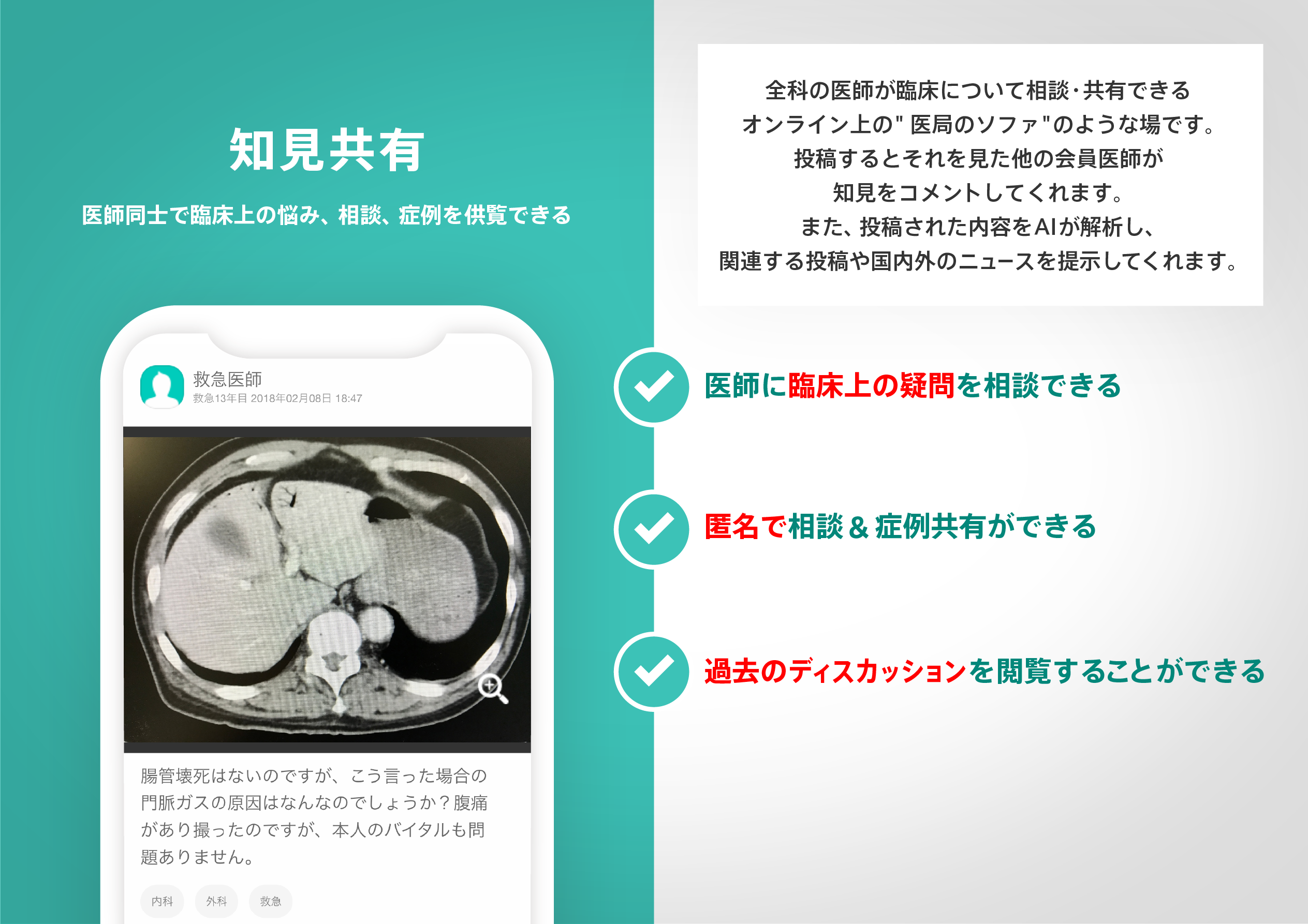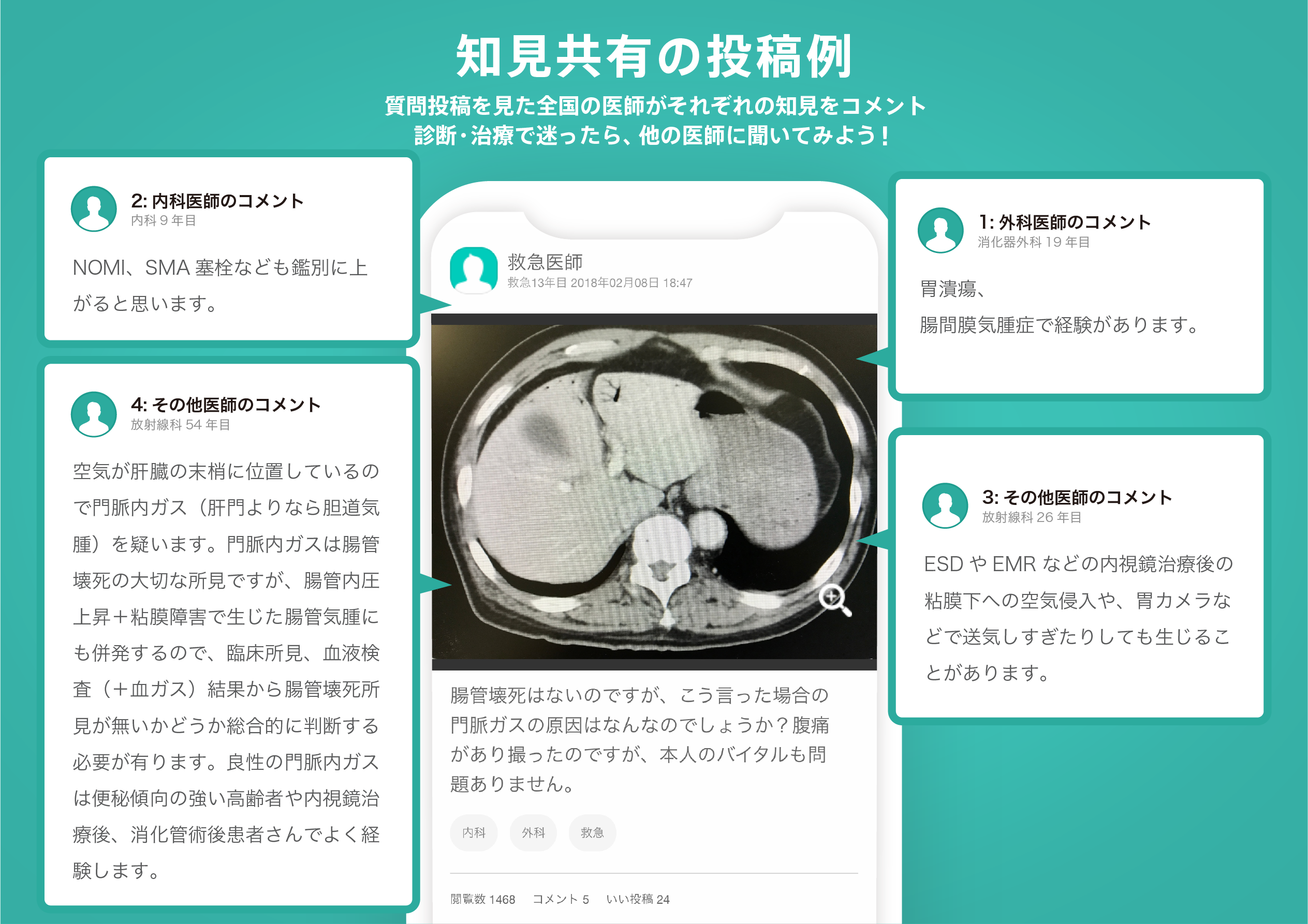著名医師による解説が無料で読めます
すると翻訳の精度が向上します
この実験室からの最近のデータは、脂肪細胞内Ca(2+)の増加が脂肪生成の協調刺激と脂肪分解の阻害をもたらすことを示しています。また、肥満患者の食事性カルシウムを1年間増加させると、体脂肪が4.9 kgの損失をもたらしたことも指摘しています(P <0.01)。したがって、ヒト脂肪細胞の一次培養で1、25-(OH)(2)-Dの効果を測定することにより、カルシトロフィンホルモンが脂肪細胞に作用する可能性がある可能性をテストしました。、細胞内Ca(2+)の持続的な増加と対応する脂肪分解の顕著な阻害(EC(50)約50 PM; P <0.001)。)-d。この仮説をテストするために、脂肪細胞に特異的にアグーチ遺伝子を発現するトランスジェニックマウスを配置しました(0.4%)CA/高脂肪/高スクロース食を添加していないか、タンパク質の25または50%で非脂肪ドライミルクまたは25または50%で置き換えました。6週間、CACO(3)で1.2%CAを補充しました。体重増加と脂肪パッド質量は、3つの高カルシウム食によって26〜39%減少しました(P <0.001)。高カルシウム食は、脂肪細胞脂肪酸合成酵素の発現と活性の対応する51%の阻害(p <0.002)および脂肪分解の刺激を3.4〜5.2倍(p <0.015)に及ぼしました。肥満のカルシウム変調のこの概念は、NHANES IIIデータセットで疫学的にさらに評価されました。エネルギー摂取量を制御した後、体脂肪の最高四分位になるという相対的なリスクは、CA摂取量の最低四分位で1.00に設定され、2番目、3番目、および4番目の四分位数でそれぞれ0.75、0.40、および0.16に減少しました。女性のカルシウム摂取量(n = 380; p <0.0009);同様の逆の関係も男性にも認められました(n = 7114; p <0.0006)。したがって、食事性カルシウムの増加は、脂肪細胞内Ca(2+)を抑制し、それによりエネルギー代謝を調節し、肥満リスクを減衰させます。
この実験室からの最近のデータは、脂肪細胞内Ca(2+)の増加が脂肪生成の協調刺激と脂肪分解の阻害をもたらすことを示しています。また、肥満患者の食事性カルシウムを1年間増加させると、体脂肪が4.9 kgの損失をもたらしたことも指摘しています(P <0.01)。したがって、ヒト脂肪細胞の一次培養で1、25-(OH)(2)-Dの効果を測定することにより、カルシトロフィンホルモンが脂肪細胞に作用する可能性がある可能性をテストしました。、細胞内Ca(2+)の持続的な増加と対応する脂肪分解の顕著な阻害(EC(50)約50 PM; P <0.001)。)-d。この仮説をテストするために、脂肪細胞に特異的にアグーチ遺伝子を発現するトランスジェニックマウスを配置しました(0.4%)CA/高脂肪/高スクロース食を添加していないか、タンパク質の25または50%で非脂肪ドライミルクまたは25または50%で置き換えました。6週間、CACO(3)で1.2%CAを補充しました。体重増加と脂肪パッド質量は、3つの高カルシウム食によって26〜39%減少しました(P <0.001)。高カルシウム食は、脂肪細胞脂肪酸合成酵素の発現と活性の対応する51%の阻害(p <0.002)および脂肪分解の刺激を3.4〜5.2倍(p <0.015)に及ぼしました。肥満のカルシウム変調のこの概念は、NHANES IIIデータセットで疫学的にさらに評価されました。エネルギー摂取量を制御した後、体脂肪の最高四分位になるという相対的なリスクは、CA摂取量の最低四分位で1.00に設定され、2番目、3番目、および4番目の四分位数でそれぞれ0.75、0.40、および0.16に減少しました。女性のカルシウム摂取量(n = 380; p <0.0009);同様の逆の関係も男性にも認められました(n = 7114; p <0.0006)。したがって、食事性カルシウムの増加は、脂肪細胞内Ca(2+)を抑制し、それによりエネルギー代謝を調節し、肥満リスクを減衰させます。
Recent data from this laboratory demonstrate that increasing adipocyte intracellular Ca(2+) results in a coordinated stimulation of lipogenesis and inhibition of lipolysis. We have also noted that increasing dietary calcium of obese patients for 1 year resulted in a 4.9 kg loss of body fat (P<0.01). Accordingly, we tested the possibility that calcitrophic hormones may act on adipocytes to increase Ca(2+) and lipid metabolism by measuring the effects of 1, 25-(OH)(2)-D in primary cultures of human adipocytes, and found significant, sustained increases in intracellular Ca(2+) and a corresponding marked inhibition of lipolysis (EC(50) approximately 50 pM; P<0.001), suggesting that dietary calcium could reduce adipocyte mass by suppressing 1,25-(OH)(2)-D. To test this hypothesis, we placed transgenic mice expressing the agouti gene specifically in adipocytes on a low (0.4%) Ca/high fat/high sucrose diet either unsupplemented or with 25 or 50% of the protein replaced by non-fat dry milk or supplemented to 1.2% Ca with CaCO(3) for 6 wk. Weight gain and fat pad mass were reduced by 26-39% by the three high calcium diets (P<0.001). The high calcium diets exerted a corresponding 51% inhibition of adipocyte fatty acid synthase expression and activity (P<0.002) and stimulation of lipolysis by 3. 4- to 5.2-fold (P<0.015). This concept of calcium modulation of adiposity was further evaluated epidemiologically in the NHANES III data set. After controlling for energy intake, relative risk of being in the highest quartile of body fat was set to 1.00 for the lowest quartile of Ca intake and was reduced to 0.75, 0.40, and 0.16 for the second, third, and fourth quartiles, respectively, of calcium intake for women (n=380;P<0.0009); a similar inverse relationship was also noted in men (n=7114; P<0.0006). Thus, increasing dietary calcium suppresses adipocyte intracellular Ca(2+) and thereby modulates energy metabolism and attenuates obesity risk.
医師のための臨床サポートサービス
ヒポクラ x マイナビのご紹介
無料会員登録していただくと、さらに便利で効率的な検索が可能になります。






